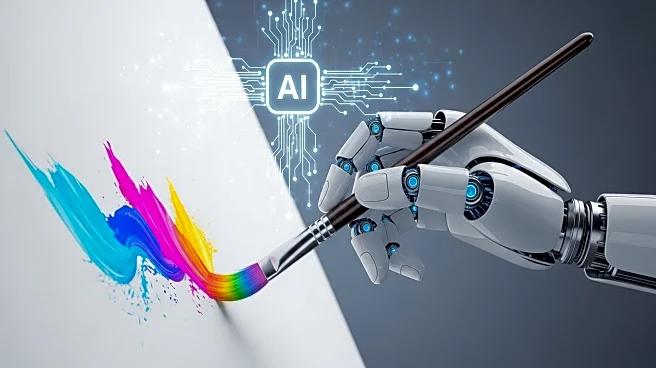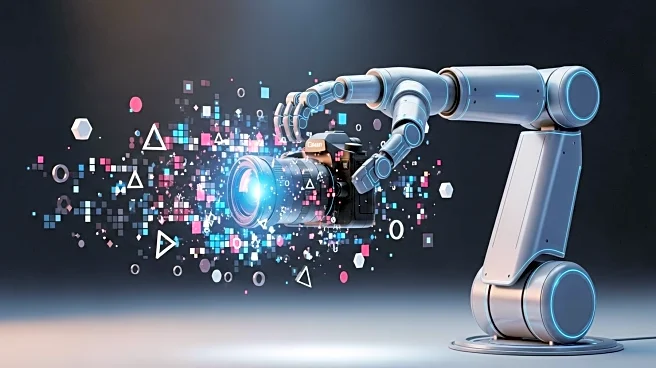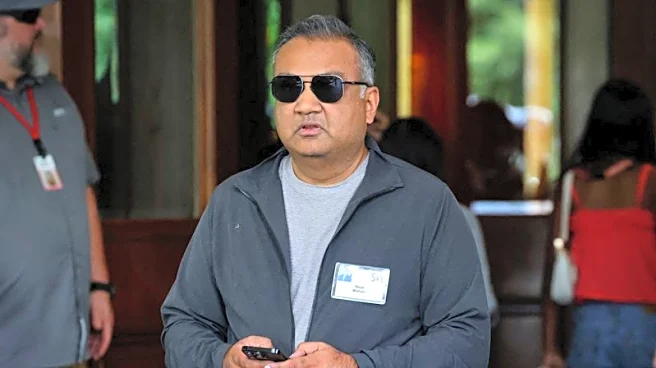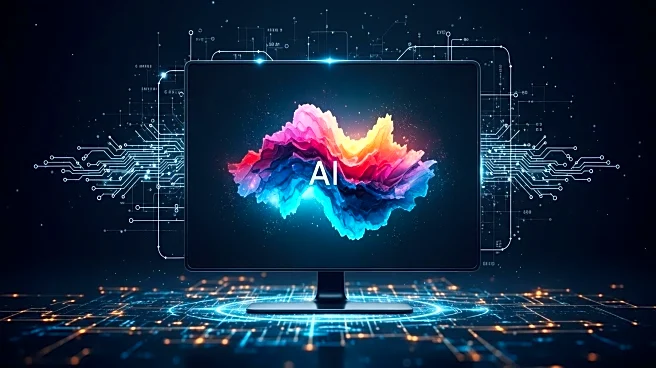What's Happening?
YouTube is set to enhance its platform with AI technology, specifically through Google's Veo 3, which allows creators to add complex visual elements to videos. This development was showcased at the Made On YouTube event, where journalists and creators witnessed the capabilities of Veo 3 in YouTube Shorts. The technology enables creators to produce novel videos that previously required extensive 3D effects teams. However, concerns arise about the proliferation of AI-generated content, potentially leading to misinformation and low-quality media.
Why It's Important?
The integration of AI into YouTube represents a significant shift in content creation, democratizing access to advanced video editing tools. This could lead to a surge in creative output and diversity in content, benefiting creators and viewers alike. However, it also raises concerns about the authenticity and reliability of online media, as AI-generated content can be misleading. The impact on advertising revenue and viewer engagement is substantial, as AI tools may increase traffic and consumption, influencing YouTube's business model and content strategy.
What's Next?
YouTube is expected to implement measures to ensure transparency in AI-generated content, such as automatic AI labels, to help users navigate the platform responsibly. As creators adapt to using Veo 3, YouTube will likely refine its recommendation algorithms to prioritize viewer satisfaction over mere engagement. The platform's evolution will continue as it integrates AI across its services, potentially setting industry standards for AI use in media.
Beyond the Headlines
The widespread use of AI in content creation could lead to ethical and legal challenges, particularly concerning intellectual property and misinformation. As AI tools become more accessible, the line between genuine and manipulated content may blur, necessitating new regulations and guidelines. This development also highlights the growing influence of technology in shaping cultural narratives and media consumption patterns.











